-
×
 LENOVO C460 57323772 white
1 × AED2,799.00
LENOVO C460 57323772 white
1 × AED2,799.00 -
×
 Raritan Single Phase 208V AC 24-Outlet Power Distribution Unit
1 × AED10,299.00
Raritan Single Phase 208V AC 24-Outlet Power Distribution Unit
1 × AED10,299.00 -
×
 HP V1910-16G Switch Europe – English localization JE005A
1 × AED1,109.00
HP V1910-16G Switch Europe – English localization JE005A
1 × AED1,109.00 -
×
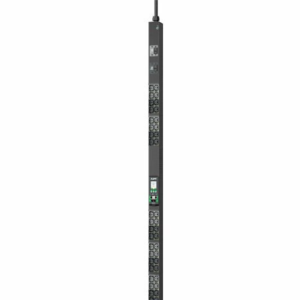 APC NetShelter Rack PDU Advanced, Switched Metered Outlet, 1Phase, 5.0kW, 208V 30A, 40 Outlets, L6-30P
1 × AED26,099.00
APC NetShelter Rack PDU Advanced, Switched Metered Outlet, 1Phase, 5.0kW, 208V 30A, 40 Outlets, L6-30P
1 × AED26,099.00 -
×
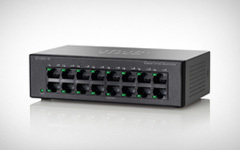 CISCO SWITCH RACKMOUNT 24 PORT 10/100
1 × AED349.00
CISCO SWITCH RACKMOUNT 24 PORT 10/100
1 × AED349.00 -
×
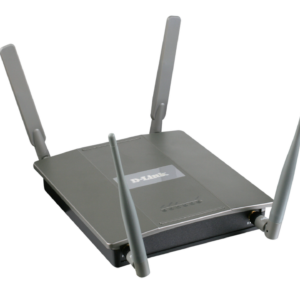 D-Link Network DWL-8600AP Unified Wireless Poe Access Point Simultaneous 11n Dual Band
1 × AED1,729.00
D-Link Network DWL-8600AP Unified Wireless Poe Access Point Simultaneous 11n Dual Band
1 × AED1,729.00
Subtotal: AED42,384.00
 04 3550600
04 3550600 052 7036860
052 7036860

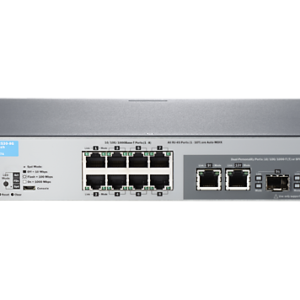

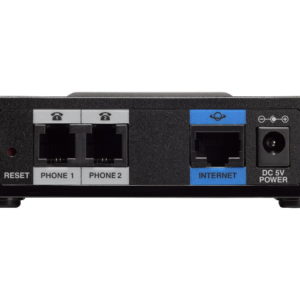
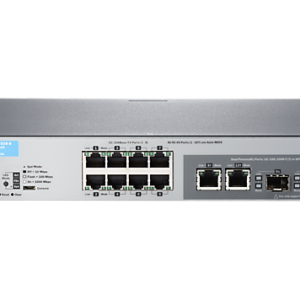

There are no reviews yet.